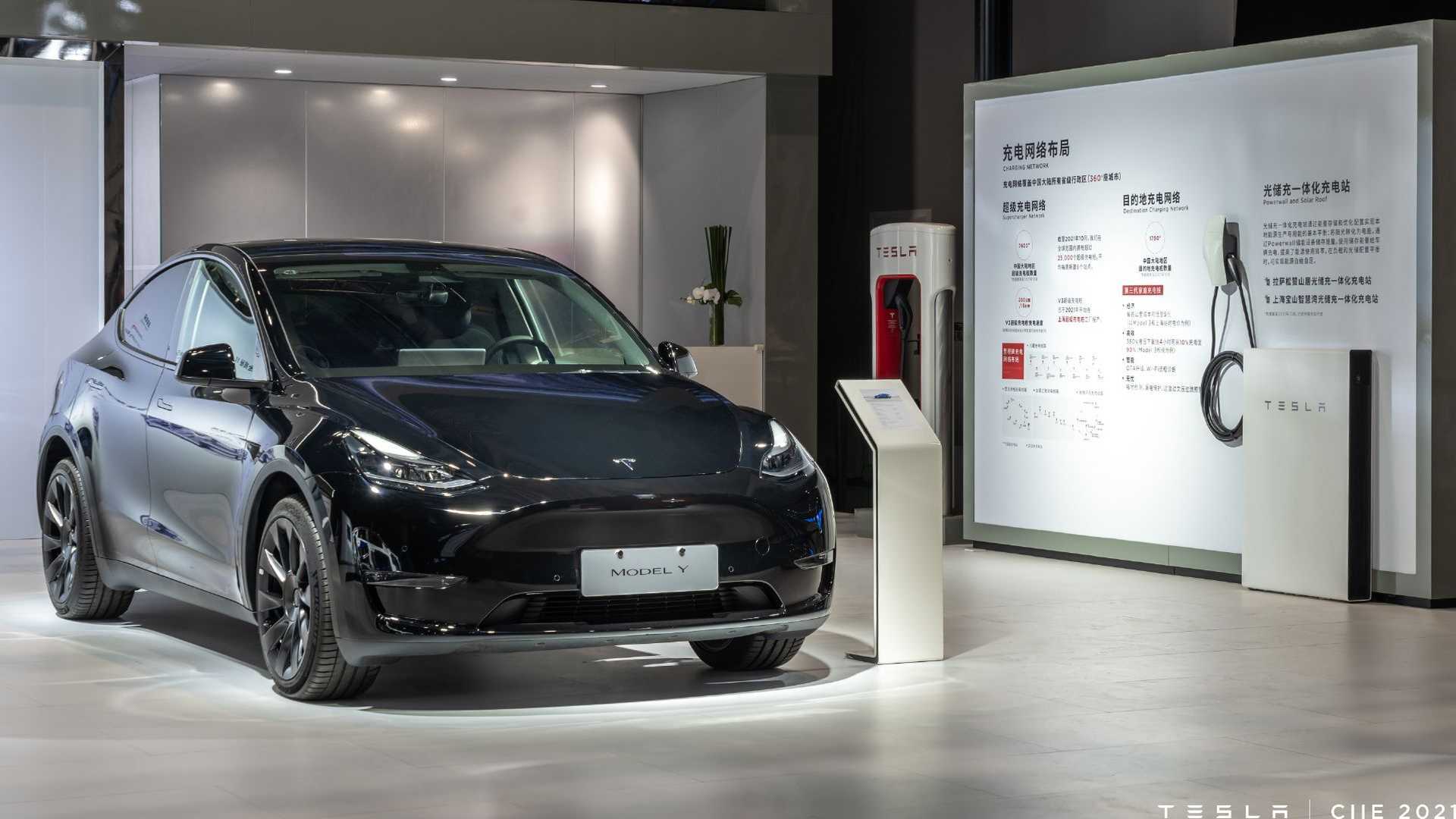New sales data from China reveals that September was a very unusual month for Tesla, which noted a sharp decrease in retail Model 3 sales, likely related to the upcoming switch to a new version.
According to the China Passenger Car Association’s (CPCA) data, the overall volume of Tesla MIC Model 3/Model Y wholesale vehicle shipments last month amounted to 74,073 units, which is nearly 11 percent less than a year ago.
Out of that, retail sales accounted for 43,507 units (down 44 percent year-over-year), while exports accounted for 30,566 (increased by 453 percent year-over-year).
* CPCA reports wholesale shipments, not registrations/customer deliveries.
It’s pretty interesting because the last month of a quarter is usually focused on retail sales, which significantly exceed exports (by over 50,000 or even over 60,000 units).
It seems that, in September, Tesla boosted its exports to a record level among all final months of a quarter, while the factory in Shanghai was preparing for production of the significantly upgraded Model 3 (code name Highland), which will enter the Chinese (and the European market) in the fourth quarter.
Tesla MIC BEV wholesale vehicle shipments last month (YOY change):
- Model 3/Model Y: 74,073 (down 11%)
Tesla MIC BEV wholesale vehicle shipments year-to-date (YOY change):
- Model 3/Model Y: 699,056 (up 45%)
The detailed sales data for individual models reveals us that the Tesla Model 3 retail sales in China decreased in September by over 93 percent year-over-year to 2,079. That’s the main reason behind weak retail sales overall.
However, exports were still relatively strong at 18,745 Model 3 (up 4,428 percent year-over-year). Overall, the Tesla Model 3 volume was 20,824 units (down 33.5 percent year-over-year).
In the case of the Tesla Model Y, retail sales in China amounted to 41,428 last month, which is 11 percent less than a year ago.
However, with 11,821 units exported (up 131 percent year-over-year), the total was slightly better than a year ago, at 53,249 (up 2.8 percent).
Well, this shows us how big of an impact a switchover to a new version of a vehicle has on a car manufacturer. We will see whether things will return to a more typical order in October.












